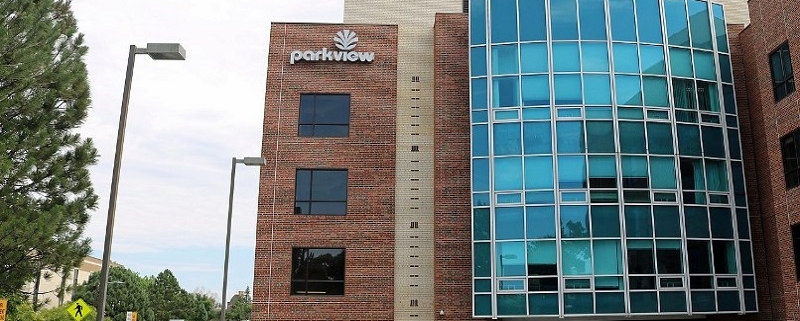Healthcare Can Be A Good Candidate For Repurposed Space
When the topic of adaptive reuse of existing CRE properties comes up, the most typical angle is turning older office buildings into apartments.
While 2023 was a particularly active year, with 55,000 office to apartment unit conversions, according to Yardi’s Rent Café, that’s a small proportion of the 440,000 total units constructed by Real Page’s count.
Instead, developers, owners, and investors might look to other reuse, like healthcare. As that industry moves away from to outpatient care at distributed locations, it increasingly needs space. There are clinics and practices in spaces within shopping malls, freestanding retail locations, former general office buildings, and other repurposed spaces.
Becker’s Hospital Review recently looked at how Hartford HealthCare had used such properties as “a shuttered Blockbuster store, a vacant Bed Bath & Beyond and an old funeral home.”
“Though Hartford HealthCare’s approach to convenience is unique, the goal itself is shared among many health systems,” they wrote. “More organizations are zeroing in on outpatient, ambulatory care offerings as they look to retain hospital space for acute care. From freestanding emergency departments to grocery store walk-up clinics, health systems are testing new methods to expand their footprints (and appease an increasingly impatient patient before they make the switch to Amazon).”
As the Center for Health Design has noted, reuse of buildings can be more economical than trying ground-up construction, especially with the cost of land, materials, and labor in many metropolitan areas.
Appropriate buildings are not available in all locations, so repurposing is frequently not a viable alternative. Renovation costs can at times run more than new construction. There can be zoning restrictions or difficulties with community stakeholders. But there are also opportunities. Unoccupied buildings that have been sitting on the market are often available at discounted prices. If reuse of the infrastructure is possible, that becomes an additional source of savings. Often suitable buildings are available in prime locations that otherwise would be impossible to obtain.
As an article in Medical Construction & Design notes, there are additional considerations. One is visibility from the street. There should be easy access and sufficient parking. One similarity to repurposing space for logistics and warehouses is ceiling heights, “as the 10- or 11-foot ceilings common to strip-mall retail centers and commercial office buildings often don’t work for healthcare facilities.” But if the space has ceilings that are too high, like in a superstore type retail space, building interior partitions may be too difficult.
Consideration also needs a structural engineering analysis, including seismic loading and vibration. Existing elevators may be too small to enable travel by gurneys. Healthcare HVAC needs are more complex. The number of needed fixtures in restrooms may be three to four times as much as in a retail or office space. The need for greater scale is also true for electrical power.
Source: GlobeSt








